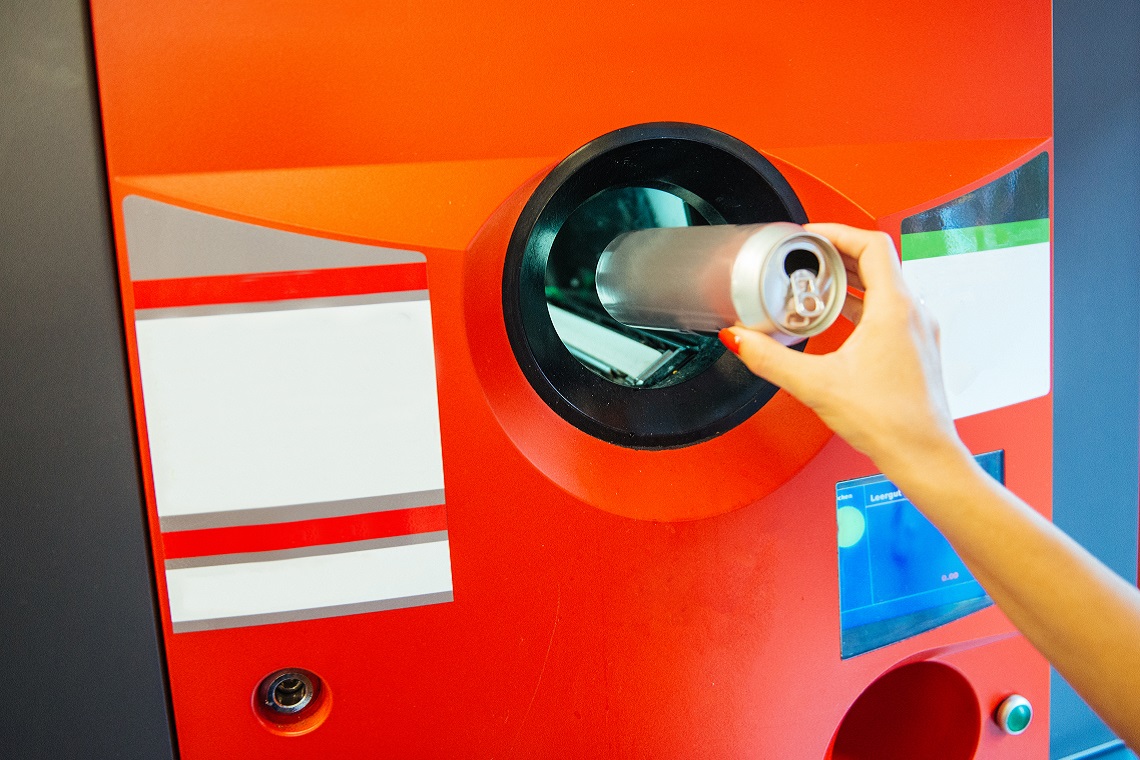Ahead of the roll out of Western Australia’s container deposit scheme (CDS), its operator WA Return Recycle Renew Ltd (WARRRL) has announced the forecast scheme price per container.
The WA CDS, called Containers for Change, is set to begin operation on 2 June 2020. As in other states, beverage manufacturers (which WARRRL calls first responsible suppliers) pay for the cost of operating the recycling scheme, to recover eligible containers.
In 2019 during consultations with the industry, WARRRL committed to advising of the pricing scheme in early 2020, well before the June commencement date.
They have now announced the estimated range of costs (excluding GST) per container, by material type, starting at 11.39c for aluminium, 11.84c for glass, 11.85c for HDPE, 11.76c for PET and 12.17c for LPB.
Tim Cusack, WARRRL CEO, said this advanced notice will give the industry enough time to prepare and be ready for the CDS launch.
He continued: “We believe the Containers for Change scheme strikes a balance between making sure there are enough funds to pay scheme costs while keeping the costs as low as reasonably possible for first responsible suppliers.
“Our commitment is to deliver an efficient, convenient and accessible container deposit scheme at the lowest cost possible”
The prices announced are estimated and costs of running the scheme will change over time. WARRRL said they intend to provide the industry with sufficient notice of any changes while keeping the price stable, as far as possible.
Containers for Change will provide a 10 cent refund for each eligible container returned at a refund point. Currently, WARRRL said that Western Australians use more than 1.3 billion of these containers each year.
WA is the sixth state or territory to introduce a CDS, and will have at least 172 refund points across the state from the date of launch. WARRRL predicts it will become the most diverse CDS in the country, with 40 per cent of these refund points to be operated by social enterprises, 20 per cent by Local Governments, and 40 per cent by commercial entities.

